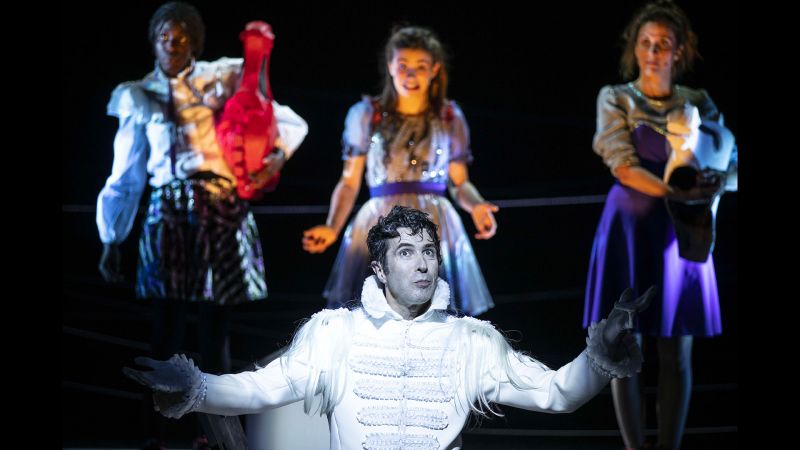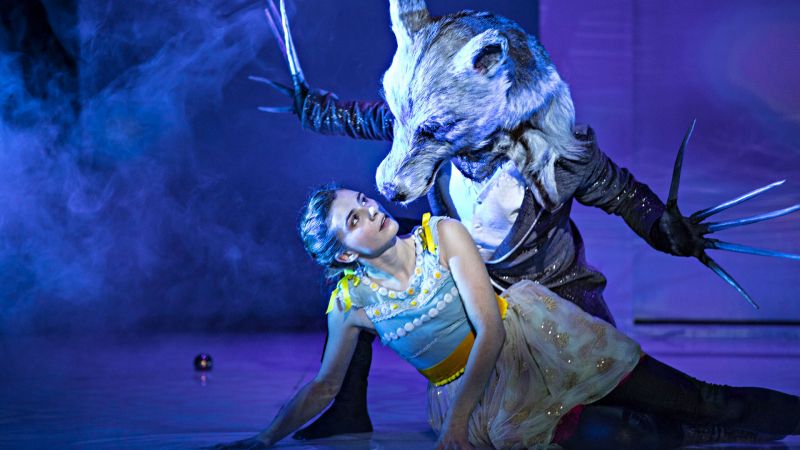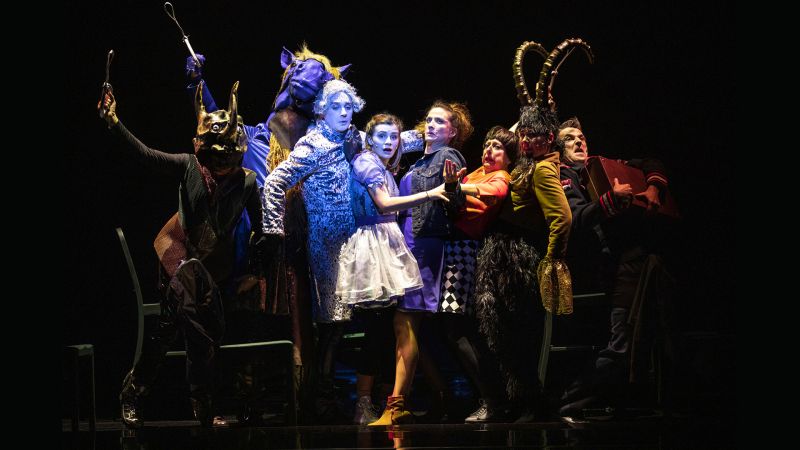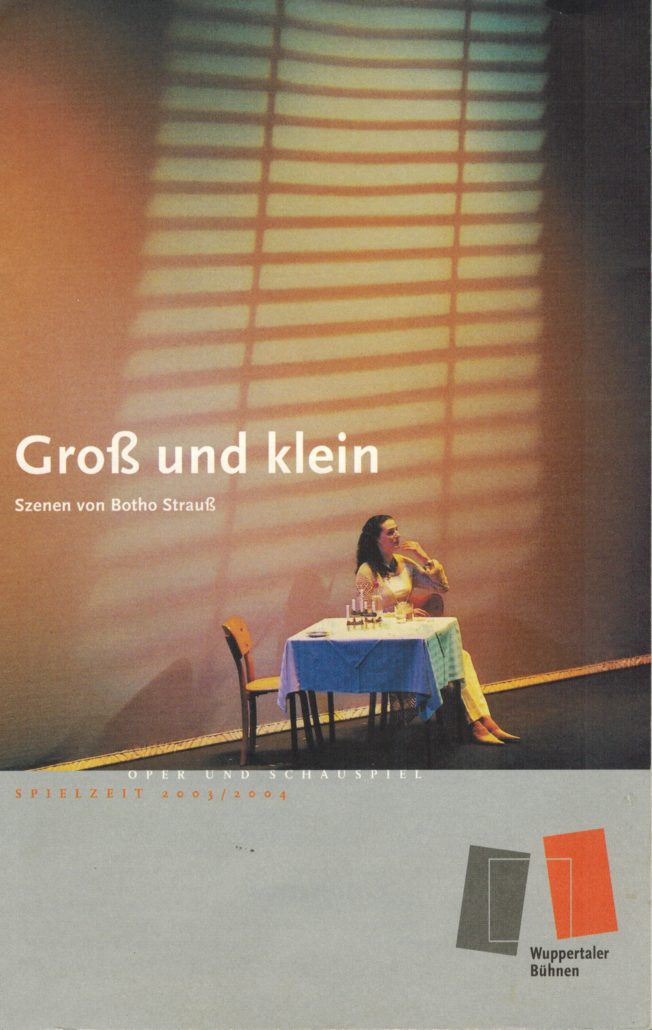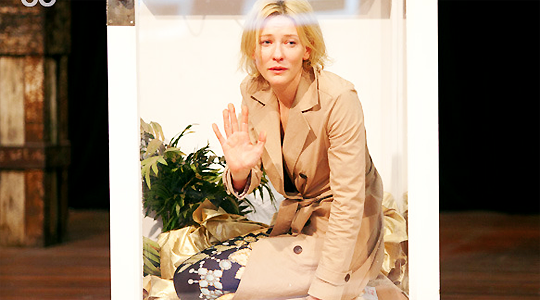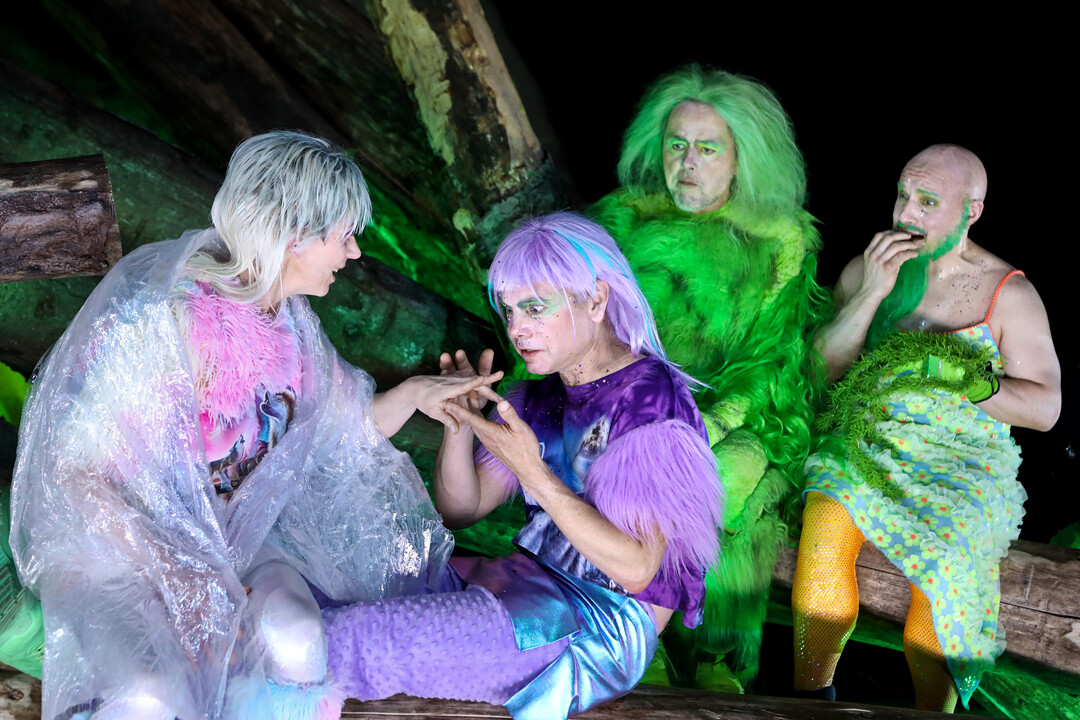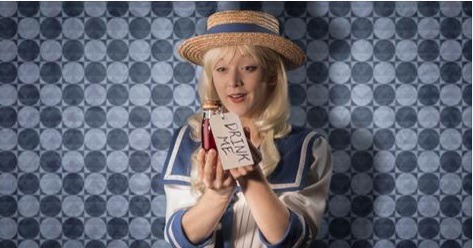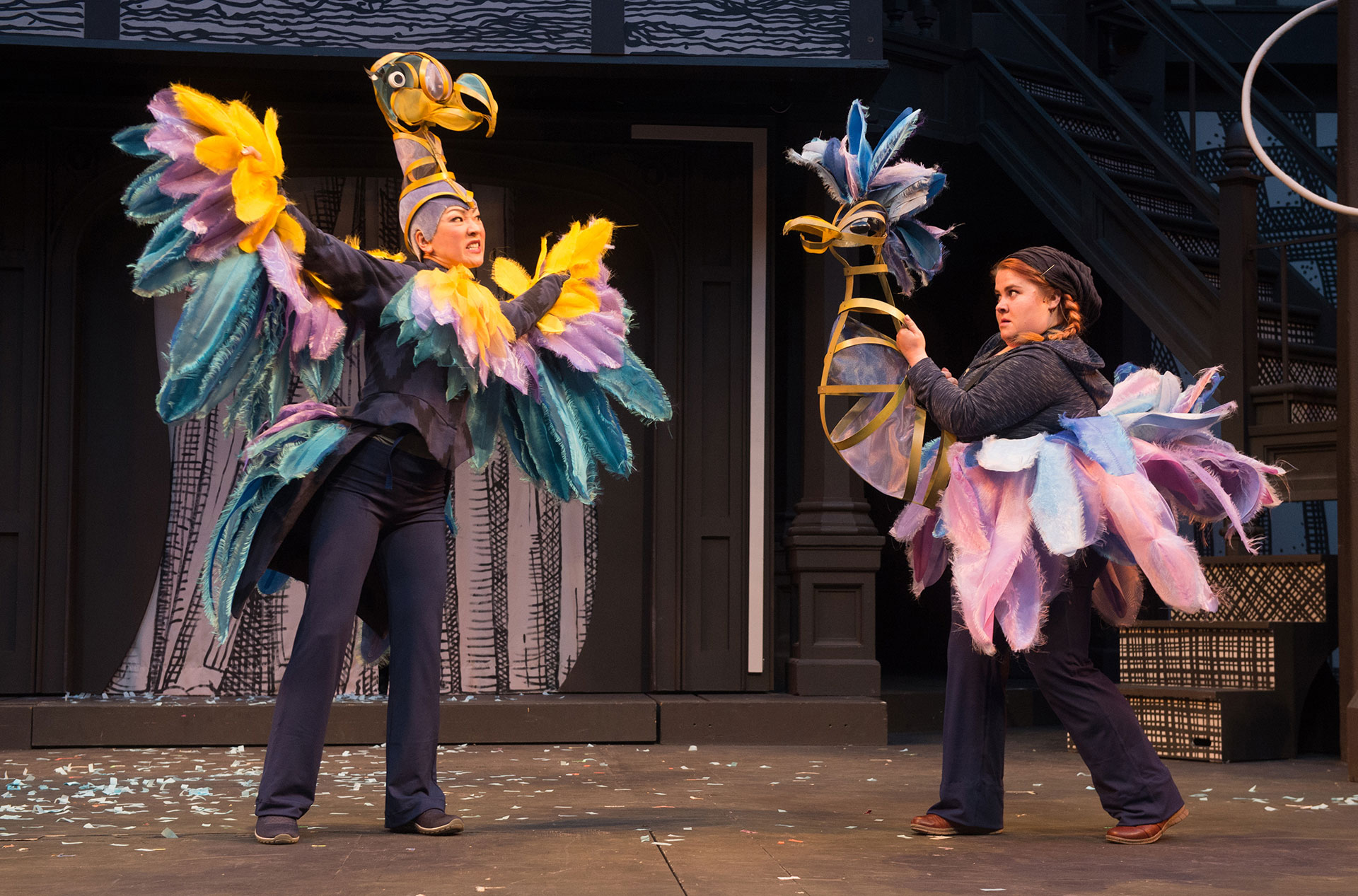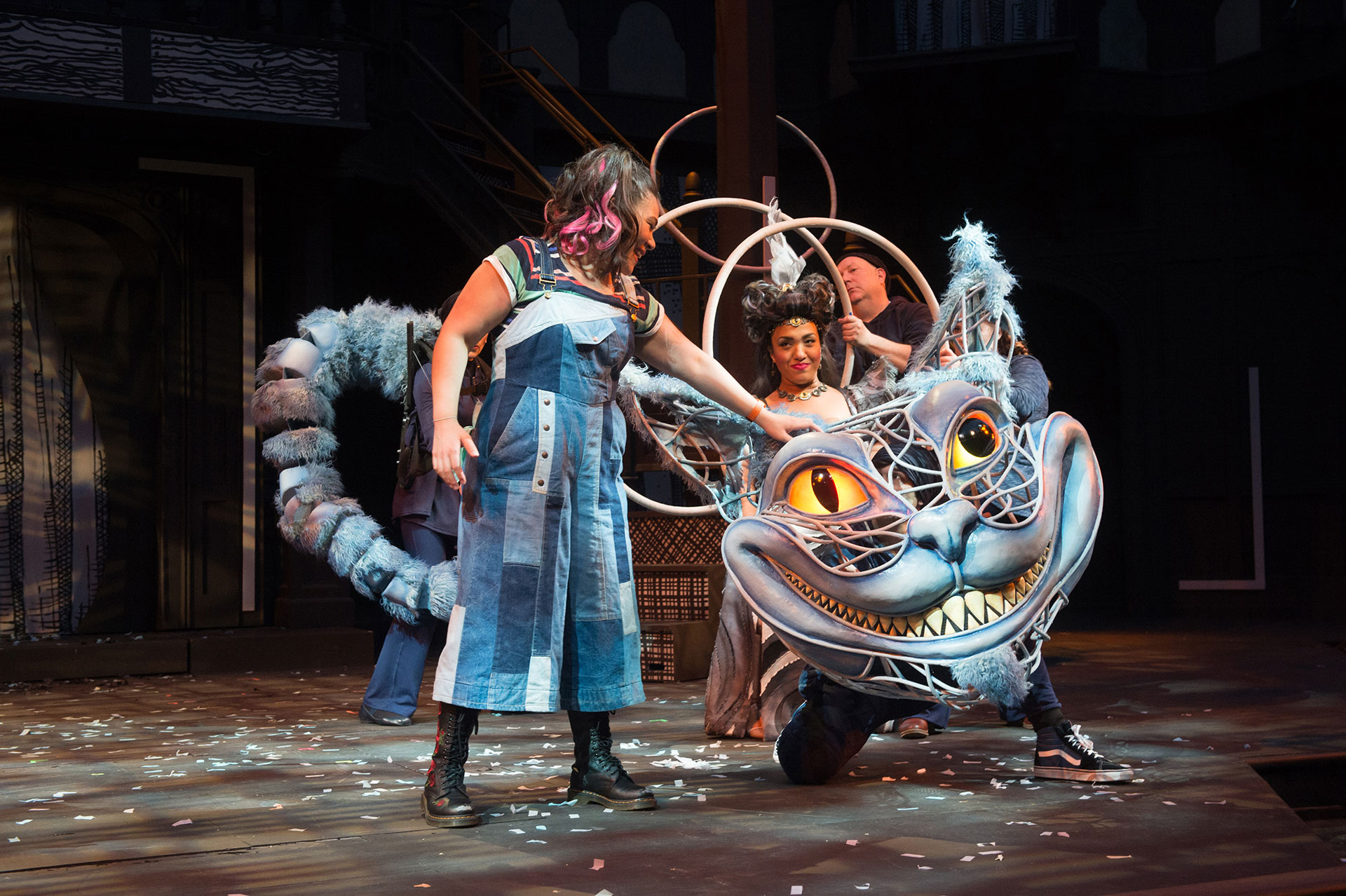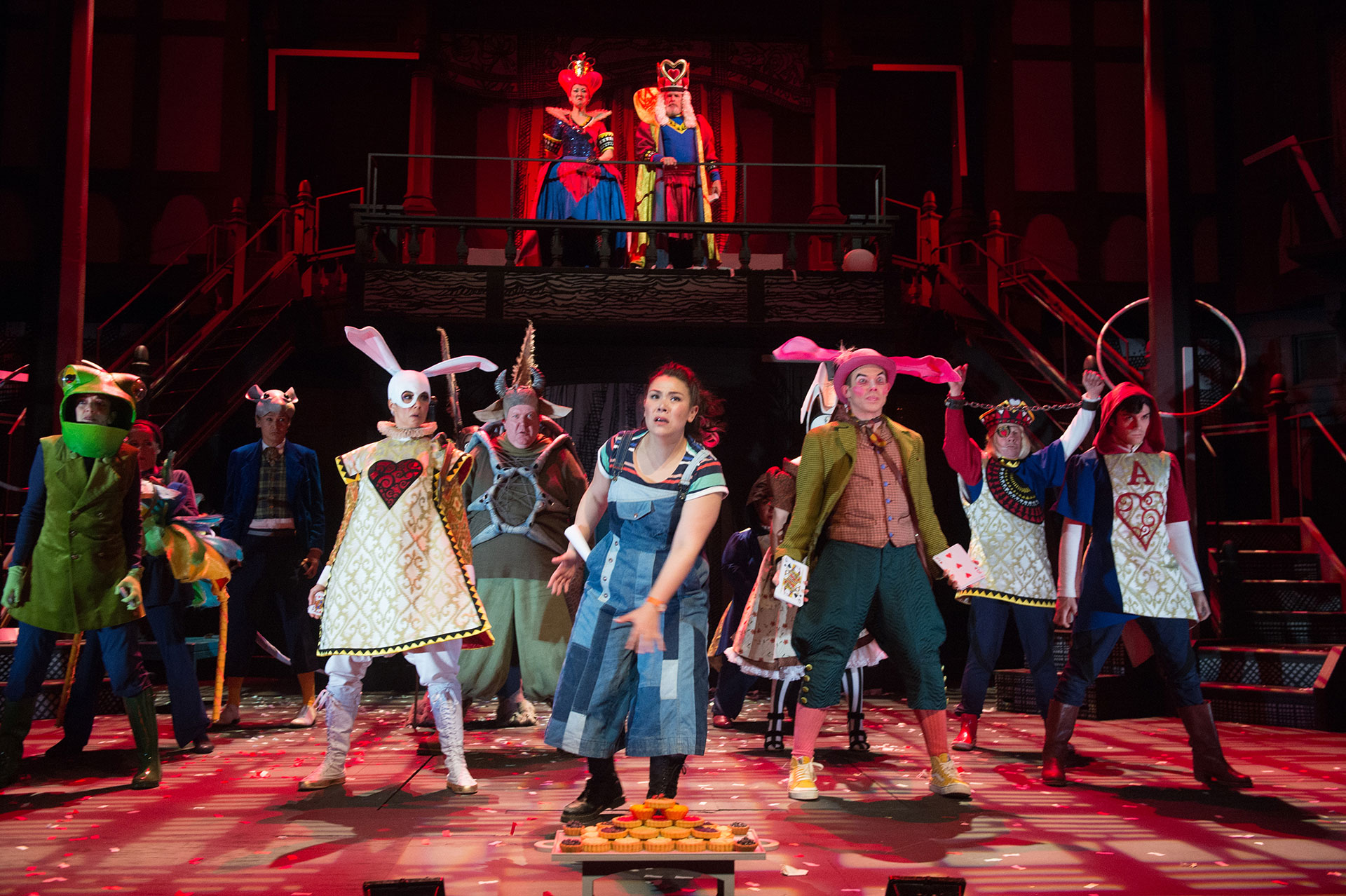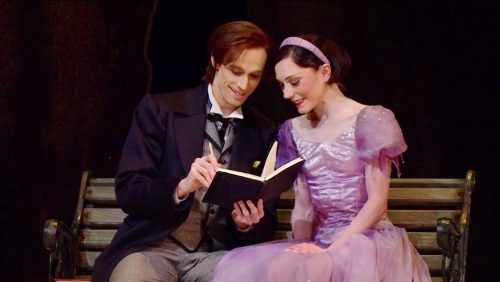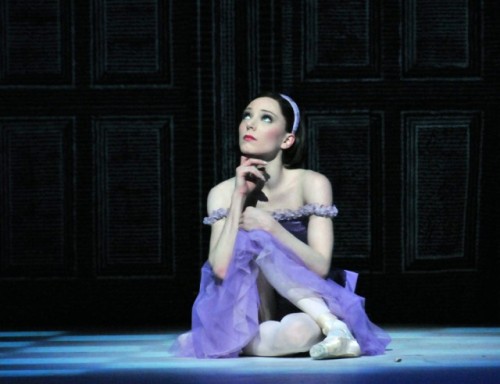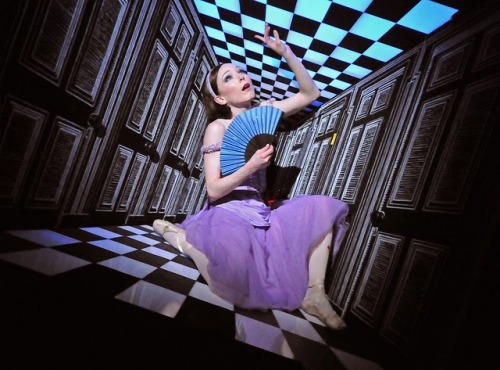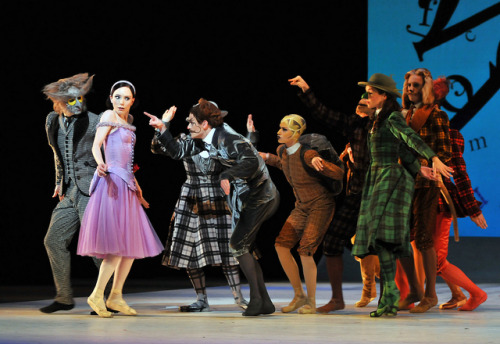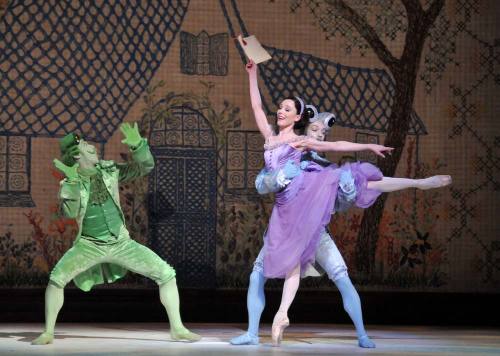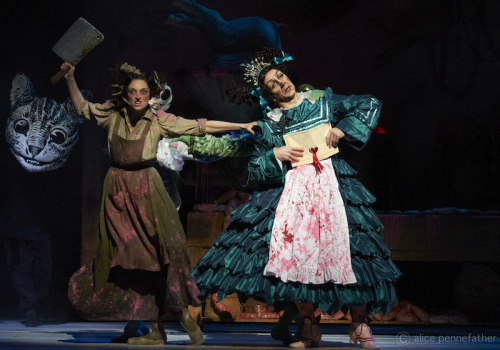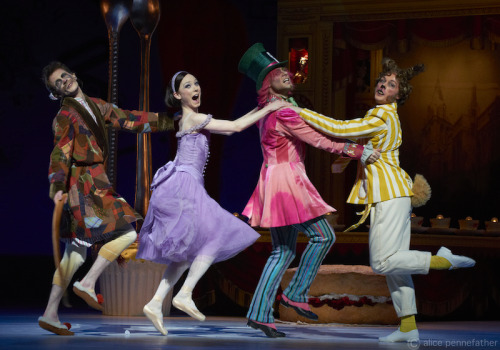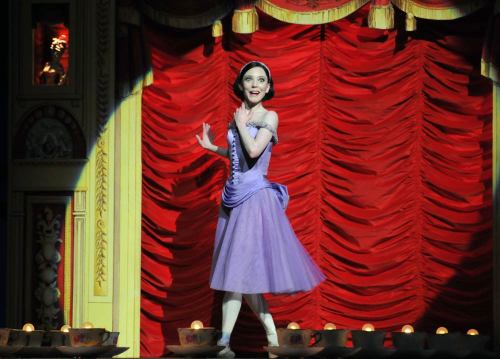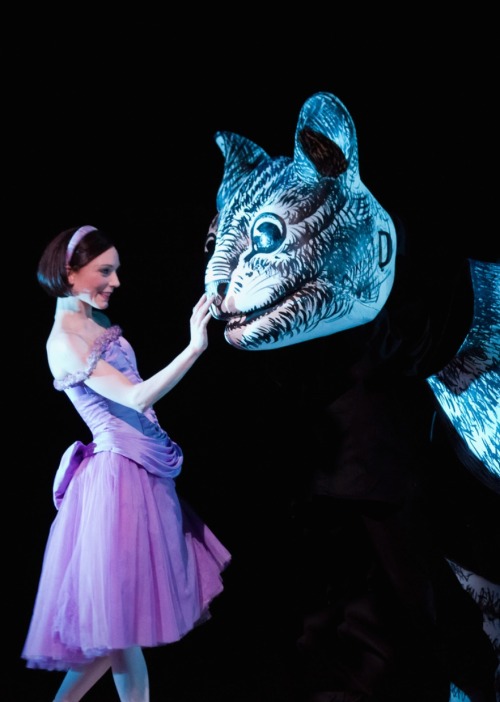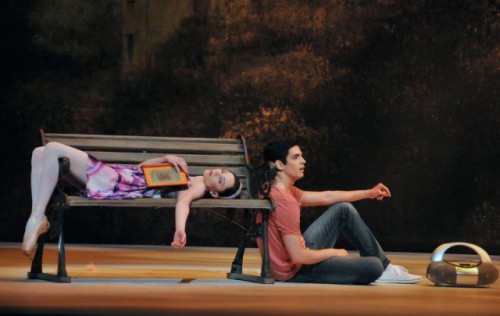Whilst searching through archives the other day I stumbled upon New York's Public Library Archive which contains a great many things, including performance videos, and naturally several archive videos of Lewis Carroll adapting plays.
What I have found is quite long but I'm going to try and put this in a list here (and eventually add to the adaptations list on this blog)
Going in order of date:
Alice (1971, Pittsburgh ballet Theatre)
This has choreography by Ruth Page and is not the only filmed version of this ballet on this list. Strangely enough I found video excerpts for this in another archive in Chicago, but the clips were not complete (act 2 is mainly missing). This listing on NPL confirms there is a complete version stored in New York.
Alice in Wonderland (1971, Manhattan Project)
This is an experimental performance which honestly I don't know much about. Appears to have been quite famous in the 1970s and used improv imput from the actors.
Alice at the Palace (1982) missing scenes
Elizabeth Swados's Alice at the Palace certainly does exist in a viewable form (released on DVD and streaming multiple times) but NPL has a reel of bloopers as well as more interesting deleted scenes which were presumably cut for runtime reasons (the TV version lost large chunks of the looking glass adapting act)
Alice's Adventures (1985, Cincinnati/New Orleans City Ballet)
Televised version of Ruth Page's ballet, televised on the 23rd of February 1986 on PBS channel 3 in the US.
Alice (2002, State Street Ballet)
Film of Robert Sund's ballet adaptation, shown at a film festival. Features Lewis Carroll as a character.
Alicia y su pais de las maravillas (2006, Joven Ballet de Cámara)
Modern dance adaptation filmed for archive. Lewis Carroll features as a character.
Sources:
Archives:
Alice [Videorecording] 1971.” Accessed June 15, 2021. https://www.nypl.org/research/research-catalog/bib/b12168211#tab3
“Alice in Wonderland [Videorecording] 1971 Manhattan Project.” Accessed June 15, 2021. https://www.nypl.org/research/research-catalog/bib/b14391790#tab3
“Alice at the Palace 1982 : Outtakes and Scenes [Videorecording].” Accessed June 15, 2021. https://www.nypl.org/research/research-catalog/bib/b16340091#tab3
“Alice's Adventures 1985 [Videorecording].” Accessed June 15, 2021. https://www.nypl.org/research/research-catalog/bib/b12171819#tab3
“Alice 2002 [Videorecording] .” Accessed June 15, 2021. https://www.nypl.org/research/research-catalog/bib/b15997207#tab3
“Alicia y Su Pais De Las Maravillas 2006 [Videorecording].” Accessed June 15, 2021. https://www.nypl.org/research/research-catalog/bib/b17981779#tab3
Videos:
Alice in Wonderland (Act 1, Pittsburgh) . USA, 1971. http://www.chicagofilmarchives.org/collections/index.php/Detail/Object/Show/object_id/867
Alice in Wonderland (Act 2, Pittsburgh) . USA, 1971. http://www.chicagofilmarchives.org/collections/index.php/Detail/Object/Show/object_id/8785
Photos:
“Such a Curious Dream! Alice's Adventures in Wonderland at 150.” The Lobster Quadrille - Such a Curious Dream! Alice's Adventures in Wonderland at 150 - Houghton Library. Houghton Libary. Accessed June 15, 2021. https://library.harvard.edu/sites/default/files/static/onlineexhibits/alice/quadrille/
Historic Images. “1986 Press Photo Katherine Healy, Warren Connover in Ballet ‘Alice's Adventures.’” Historic Images. Accessed June 15, 2021. https://outlet.historicimages.com/products/rsl98951
Fernández, Celia. “Ballet Alicia y Su País De Las Maravillas Photos.” Ballet Alicia y su país de las Maravillas. Universidad Rey Juan Carlos. Biblioteca., May 1, 2006. Accessed June 15, 2021. https://burjcdigital.urjc.es/handle/10115/8006







